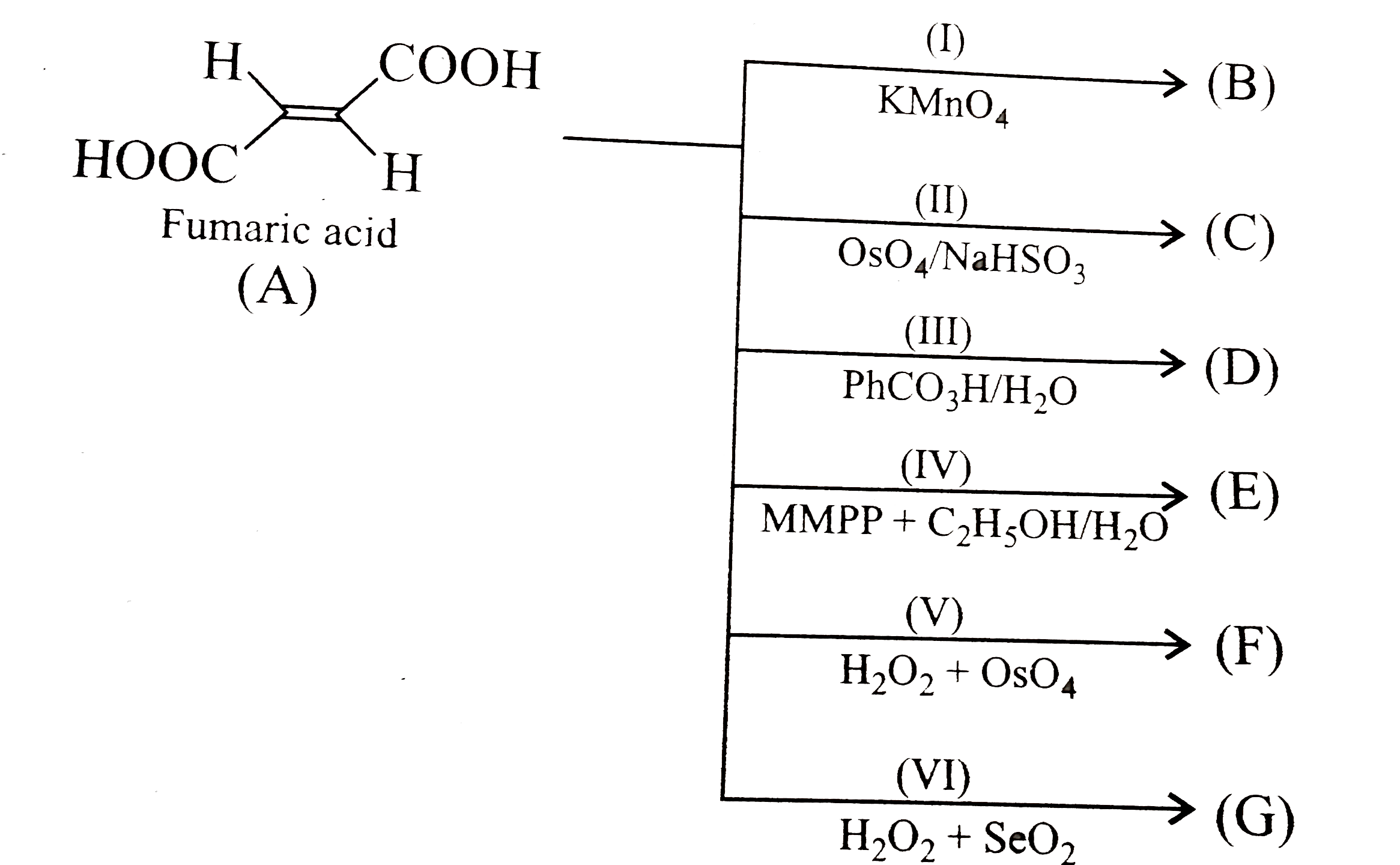The net optical rotation of meso-tartaric acid is ......... due to ........ compensation.
To solve the question regarding the net optical rotation of meso-tartaric acid, we can break it down into a step-by-step explanation.
1. Understanding Meso Compounds:
Meso compounds are achiral molecules that contain stereocenters. They have an internal plane of symmetry that allows one half of the molecule to be a mirror image of the other half.
Hint: Recall that meso compounds have a plane of symmetry which contributes to their optical properties.
2. Structure of Meso-Tartaric Acid:
Meso-tartaric acid has two chiral centers but is classified as a meso compound because it has a plane of symmetry. This means that the two halves of the molecule are identical and can cancel each other's optical activity.
Hint: Visualize the structure of meso-tartaric acid and identify the plane of symmetry.
3. Optical Activity:
Optical activity refers to the ability of a compound to rotate plane-polarized light. Chiral compounds typically rotate light, but in meso compounds, the contributions from both halves of the molecule can cancel each other out.
Hint: Remember that optical rotation is a property of chiral molecules, and in meso compounds, this property can be neutralized.
4. Internal Compensation:
The phenomenon where the optical activity of one half of the molecule is canceled out by the other half is known as internal compensation. This is a key characteristic of meso compounds.
Hint: Think about how the symmetry in the molecule leads to cancellation of optical activity.
5. Conclusion:
Since the two halves of meso-tartaric acid cancel each other's optical activity, the net optical rotation is zero. Therefore, we can fill in the blanks in the question.
Final Answer:
The net optical rotation of meso-tartaric acid is zero due to internal compensation.
Meso compounds are achiral molecules that contain stereocenters. They have an internal plane of symmetry that allows one half of the molecule to be a mirror image of the other half.
Meso-tartaric acid has two chiral centers but is classified as a meso compound because it has a plane of symmetry. This means that the two halves of the molecule are identical and can cancel each other's optical activity.
Optical activity refers to the ability of a compound to rotate plane-polarized light. Chiral compounds typically rotate light, but in meso compounds, the contributions from both halves of the molecule can cancel each other out.
The phenomenon where the optical activity of one half of the molecule is canceled out by the other half is known as internal compensation. This is a key characteristic of meso compounds.
Since the two halves of meso-tartaric acid cancel each other's optical activity, the net optical rotation is zero. Therefore, we can fill in the blanks in the question.
The net optical rotation of meso-tartaric acid is zero due to internal compensation.
Topper's Solved these Questions
- ORGANIC CHEMISTRY : SOME BASIC PRINCIPLES AND TECHNIQUES BOOK - ICSECHAPTER - ORGANIC CHEMISTRY : SOME BASIC PRINCIPLES AND TECHNIQUES EXERCISE - ASSERTION - REASON TYPE QUESTIONS
11 Videos
- ORGANIC CHEMISTRY : SOME BASIC PRINCIPLES AND TECHNIQUES BOOK - ICSECHAPTER - ORGANIC CHEMISTRY : SOME BASIC PRINCIPLES AND TECHNIQUES EXERCISE - NCERT TEXT-BOOK EXERCISES (WITH HINTS AND SOLUTIONS )
72 Videos
- ORGANIC CHEMISTRY : SOME BASIC PRINCIPLES AND TECHNIQUES BOOK - ICSECHAPTER - ORGANIC CHEMISTRY : SOME BASIC PRINCIPLES AND TECHNIQUES EXERCISE - TRUE OR FALSE TYPE QUESTIONS
50 Videos
- HYDROGENBOOK - ICSECHAPTER - HYDROGENEXERCISE - NCERT TEXT-BOOK EXERCISE (With Hints and Solutions)
53 Videos
- REDOX REACTIONS (OXIDATION AND REDUCTION)BOOK - ICSECHAPTER - REDOX REACTIONS (OXIDATION AND REDUCTION)EXERCISE - NCERT TEXT-BOOK. EXERCISES ((With Hints and Solutions)
69 Videos
Similar Questions
Knowledge Check
Carboxylic acids dimerise due to
Ahigh molecular weightBcoordinate bondingCintermolecular hydrogen bondingDcovalent bonding.
The most stable form of meso-tartaric acid is
View SolutionThe optical inactivity of meso - tartaric acid is because of
View SolutionThe net optical rotation of a racemic mixture is zero due to external compensation. True/False
View Solution
Meso-tartaric acid is formed in :
View SolutionBoric acid is polymeric due to
View SolutionBoric acid is polymeric due to :
View SolutionBoric acid is polymeric due to :
View Solution
